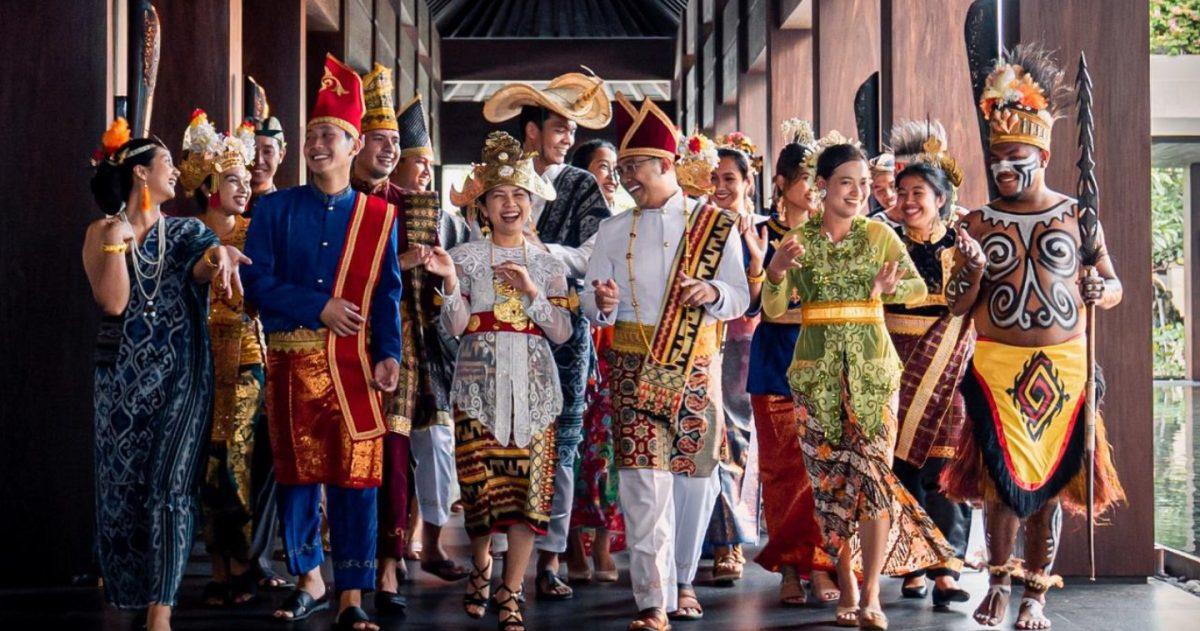weatherontheair.com – The Indonesian Archipelago, a sprawling collection of over 17,000 islands, is a testament to the rich tapestry of diversity that can coexist in harmony. From the bustling streets of Jakarta to the tranquil beaches of Bali, Indonesia’s archipelago is a mosaic of cultures, languages, religions, and landscapes. This unique blend of diversity is not just a geographical marvel but also a social and cultural phenomenon that defines the essence of Indonesia.
Geographical Diversity
Indonesia’s geographical diversity is unparalleled. The archipelago stretches over 5,000 kilometers, bridging the continents of Asia and Australia. This vast expanse encompasses a variety of terrains, from the rugged mountains of Papua to the lush rainforests of Sumatra. The archipelago is also home to some of the world’s most active volcanoes, which, despite their destructive potential, are vital for the fertility of the land.
Cultural and Linguistic Diversity
The cultural diversity of Indonesia is as vast as its geographical expanse. Over 300 ethnic groups, each with its own traditions, languages, and customs, call Indonesia home. This diversity is reflected in the country’s art, music, dance, and cuisine. The traditional batik of Java, the Minahasan cuisine of Sulawesi, and the intricate woodcarvings of Bali are just a few examples of the rich cultural heritage that thrives in Indonesia.
Linguistically, Indonesia is equally diverse. While Bahasa Indonesia serves as the national language, uniting the archipelago, hundreds of local languages and dialects are spoken across the islands. This linguistic diversity is a living testament to the archipelago’s rich history of migration, trade, and colonization.
Religious Diversity
Indonesia’s religious landscape is as diverse as its cultural and linguistic mosaic. The country is home to the world’s largest Muslim population, yet it also has significant communities of Christians, Hindus, Buddhists, and Confucians. This religious diversity is a cornerstone of Indonesia’s national philosophy, Pancasila, which enshrines religious tolerance and pluralism.
Unity in Diversity
Despite its vast diversity, Indonesia has managed to forge a sense of unity among its people. The concept of “Bhinneka Tunggal Ika,” which translates to “Unity in Diversity,” is more than just a national motto; it is a way of life for Indonesians. This philosophy encourages the acceptance and celebration of differences, fostering a harmonious society where diversity is not just tolerated but embraced.
Challenges and Opportunities
The Indonesian Archipelago’s diversity also presents challenges, such as regional disparities, cultural conflicts, and the preservation of minority languages and traditions. However, these challenges are also opportunities for Indonesia to further strengthen its unity and build a more inclusive society.
Conclusion
The Indonesian Archipelago’s diversity in unity is a beacon of hope in an increasingly divided world. It teaches us that diversity is not a hindrance but a strength. By embracing and celebrating our differences, we can build a more harmonious and prosperous world. Indonesia’s journey is a testament to the power of unity in diversity, a lesson that resonates far beyond the archipelago’s shores.
